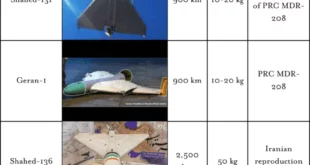Dozens of armed factions have battled for control of oil-rich Libya since the 2011 fall of longtime dictator Muammar Gaddafi.
This week, four days of intense fighting saw pro-unity government armed forces expand their control in the capital Tripoli, where dozens of militias operate.
Further east, troops commanded by military strongman Khalifa Haftar said on Tuesday they had recaptured two important oil installations seized by a rival Islamist-led force in early March.
Haftar opposes the UN-backed Government of National Accord, instead backing a rival government based in Libya’s east.
The GNA signed a ceasefire deal Thursday ending four days of clashes with rival militias, including groups allied with former prime minister Khalifa Ghweil.
Ghweil was ousted from power when the GNA took office in March 2016 and has refused to recognise the new administration.
But while Thursday’s deal has consolidated GNA control over parts of the capital, dozens of militias still operate there – including several who support Ghweil.
The GNA’s main backers in the capital include: the First Force, operating in Tripoli’s east and centre; the Deterrence Force, an Islamist group running police-like operations in the city’s east; and the Abu Slim Brigade controlling the southern working-class district of the same name.
The powerful militias of third city Misrata, east of Tripoli, also have major clout in the capital.
Check Also
Leaked Russian Records Reveal Obscure Firms Helping Bust Oil Sanctions on North Korea
For the past eight years, Russia and its fellow U.N. Security Council members have maintained …
 Eurasia Press & News
Eurasia Press & News


